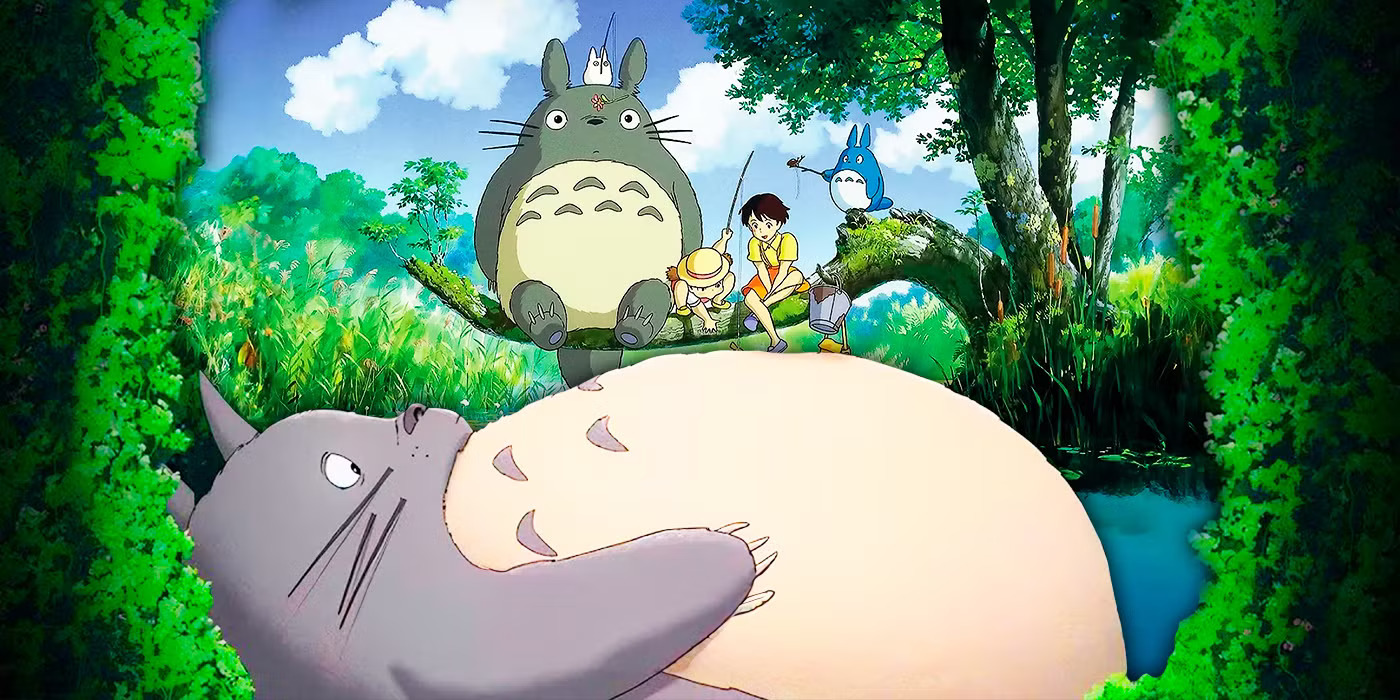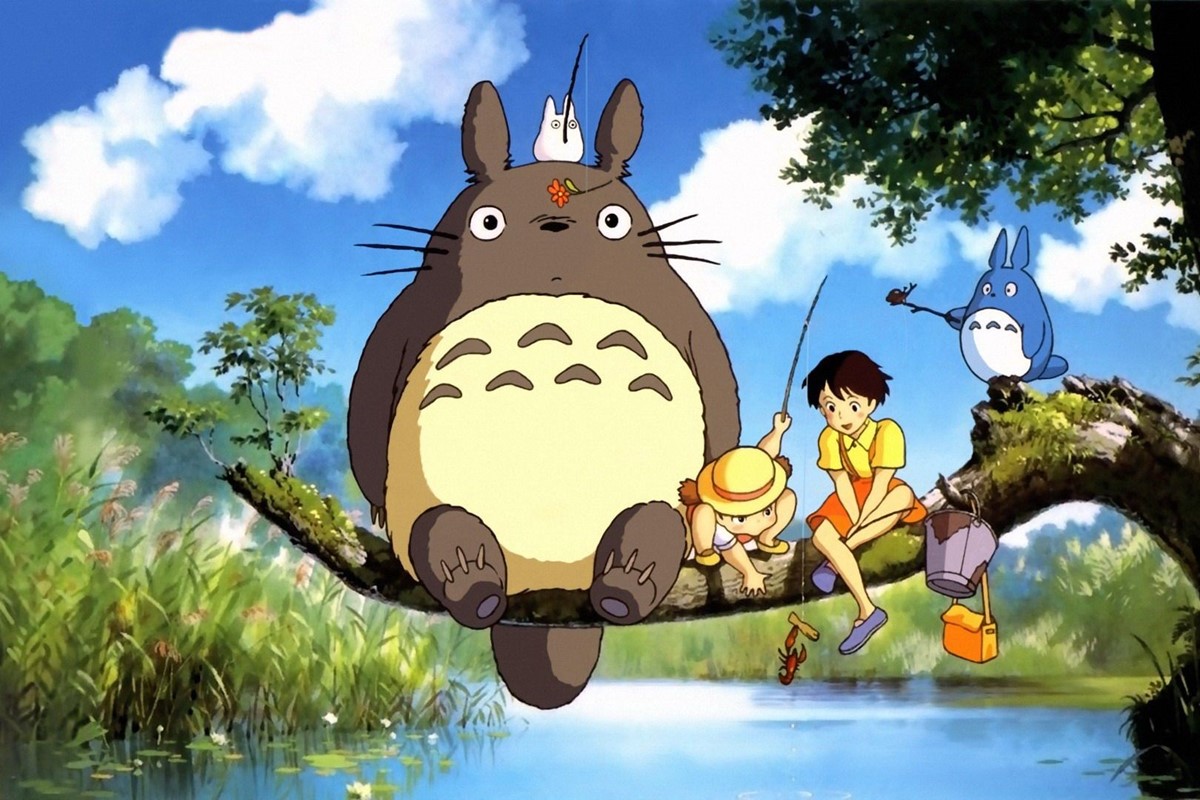Hayao Miyazaki is widely regarded as one of the greatest storytellers and animation directors of our time. His work with Studio Ghibli has resulted in some of the most beloved anime films ever created, including Princess Mononoke and My Neighbor Totoro.
The latter, in particular, showcases Miyazaki’s unique ability to combine heartfelt storytelling with whimsical fantasy, crafting a tale that resonates with both children and adults. His ability to address real-world emotions through fantastical elements sets his work apart in the world of animation.
My Neighbor Totoro centers on Satsuki and Mei, two sisters adjusting to life in rural Japan during the 1950s. Their father, Tatsuo, relocates them closer to a hospital where their mother, Yasuko, is being treated for a long-term illness.
The move introduces the girls to an enchanting, nature-filled environment and the early signs of magic, such as mysterious soot sprites, which foreshadow deeper connections with the spiritual world around them. These early moments blend childlike wonder with the emotional weight of family struggles.
Childlike Wonder Opens Doors to Magic, Healing, and the Power of Belief
Mei’s journey into the spiritual realm begins when she encounters small forest spirits and ultimately meets the cuddly, mysterious Totoro. Her fearless interaction with this magical being echoes stories like Alice in Wonderland and The Wizard of Oz, capturing the innocence and curiosity of childhood.
While it could be interpreted as imagination, the film leaves the magical events open to interpretation. Mei’s discovery brings a new layer of healing and hope to the sisters’ difficult situation, acting as a gentle escape from their real-life anxieties.

As the story unfolds, Satsuki also begins to see Totoro and partake in the magical happenings. Her kindness and willingness to open doors to the spirit world, including a memorable scene where she shares an umbrella with Totoro in the rain. In return, he gifts the girls seeds that grow into a massive tree overnight.
These moments reinforce themes of patience, empathy, and belief—elements reflected in their father’s parenting style. Unlike darker Ghibli films, this one celebrates supportive family dynamics and gentle resilience.
Hope Shines Through Darkness as Love, Nature, and Community Guide the Girls Home
The story takes a darker turn when their mother’s condition worsens and Mei runs away in distress. This leads to a village-wide search, highlighting themes of community and unity. Satsuki’s emotional vulnerability peaks as she pleads with Totoro for help, leading to the arrival of the magical Catbus.
With its help, Satsuki finds Mei, and together they briefly visit their parents, leaving behind a gift of corn that subtly signals their love. Despite the uncertainty, the scene ends with reassurance, illustrating how hope can prevail even in frightening times.
In the end, the girls’ mother recovers enough to return home, and the family is reunited. The story closes with the children playing and spirits watching from afar, underlining the central message that love, support, and a strong community can carry people through adversity.
The film’s conclusion is comforting, avoiding unnecessary sorrow, and instead delivering a gentle lesson wrapped in whimsy. It also shows how even the smallest acts—like sharing an umbrella or planting seeds—can blossom into moments of magic and healing.
My Neighbor Totoro is deeply rooted in animism and Shinto beliefs, where spirits inhabit the natural world. Totoro and Catbus symbolize forces of nature, acting as guardians tied to the girls’ emotional well-being.
Miyazaki uses these spiritual elements not only to craft a unique narrative but also to celebrate rural life and environmental harmony. Ultimately, the film is about healing—emotional and spiritual—through faith, nature, and community. It remains a timeless reminder that kindness, belief, and connection to the earth can guide us through life’s most uncertain times.



